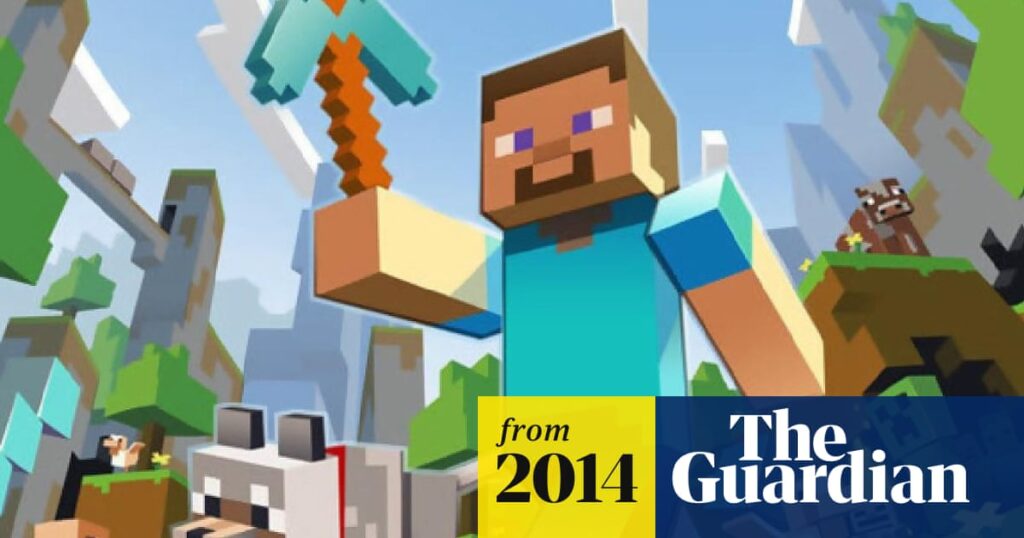Gaming communities bring people of all ages, genders, ethnicities, and backgrounds together from all over the world. The appeal of video games is that they offer an immersive and interactive escape from reality, creating a unique sense of community among players. Minecraft is popular among children, teenagers, and adults of all skill levels and interests, while League of Legends attracts those seeking a competitive challenge. Every gaming community has its own norms, expectations, and codes of conduct, but all provide a sense of belonging and opportunities for collaboration, learning, and personal growth. However, they can also have a darker side, including toxic behavior, harassment, and exclusionary mindsets. Overall, gaming communities offer a fascinating and complex subject to explore.
From Minecraft to League of Legends: Understanding the Diversity of Gaming Communities Online
Introduction
The world of gaming has come a long way since the days of Pong and Space Invaders. Today, gamers of all ages and backgrounds can enjoy a vast array of online games, from Minecraft to League of Legends and beyond. But with this diversity comes a complexity in the form of the gaming communities that support these games. In this article, we’ll explore the unique character of gaming communities online and what makes them so fascinating.
The Appeal of Gaming Companies
Before we dive into the mechanics of gaming communities, let’s explore what it is about video games that draws so many people in. For starters, video games offer an escape from reality that can be immersive, thrilling, and challenging all at once. They can transport players to fantastical worlds, put them in the shoes of superheroes or villains, and allow them to experience things they might never be able to in the real world.
Moreover, video games offer a level of interactivity that traditional media like movies and books can’t match. Gamers control the action, make choices that affect the outcome, and interact with other players from around the world. This level of interactivity creates a sense of community that is unique to gaming, and it’s what makes gaming communities so fascinating to explore.
The Diversity of Gaming Communities
One of the most remarkable things about gaming communities is just how diverse they can be. Gaming attracts people of all ages, genders, ethnicities, and backgrounds, and the communities that form around different games can be just as diverse. Minecraft, for example, is popular among children, teenagers, and adults alike, with players of all skill levels and interests. The game’s creative possibilities and online multiplayer options make it a hit among players who want to build, explore, and create with others.
League of Legends, on the other hand, is a competitive online game beloved by esports enthusiasts and players who love a challenge. The game’s unique mechanics, diverse roster of characters, and complex strategy make it a hit among players who crave a challenge and want to test their skills against others.
The Culture of Gaming Communities
While gaming communities can be diverse in terms of the players who make them up, they also tend to have a distinct culture that sets them apart. Each community has its own set of norms, expectations, and codes of conduct, which are often communicated through forums, social media, and other online channels.
For example, Minecraft communities tend to be warm, welcoming, and creative. Players are encouraged to collaborate, experiment, and build together, and toxic behavior, like griefing or bullying, is generally frowned upon. League of Legends communities, on the other hand, can be more competitive and aggressive. Trash-talking, taunting, and trolling are common, and players are often judged on their skill level and ability to win.
The Benefits of Gaming Communities
Despite these differences, gaming communities offer many benefits to players. For starters, they provide a sense of belonging and connection to others who share similar interests. Gaming can be a solitary activity, but online communities give players a chance to connect with people from all over the world who love the same games they do.
Moreover, gaming communities offer opportunities for collaboration, learning, and personal growth. Minecraft communities, for example, can help players develop skills like creativity, problem-solving, and teamwork. League of Legends communities can teach players about strategy, critical thinking, and leadership.
The Dark Side of Gaming Communities
Of course, gaming communities can also have a darker side. Toxic behavior, harassment, and bullying are all too common in some gaming communities, particularly those that are more competitive or have a large male player base.
Moreover, some gaming communities can foster an insular or elitist mindset that can be exclusionary to new players or those who don’t fit the dominant culture. This can create a barrier to entry for some players and limit the diversity of the community as a whole.
Conclusion
Overall, gaming communities are a fascinating and complex subject. From Minecraft to League of Legends and beyond, these communities offer a unique blend of diversity and shared culture that makes them both challenging and rewarding to explore. By understanding the appeal of gaming companies, the diversity of gaming communities, and the culture and benefits they offer, we can gain a better appreciation for the power and potential of online gaming.
